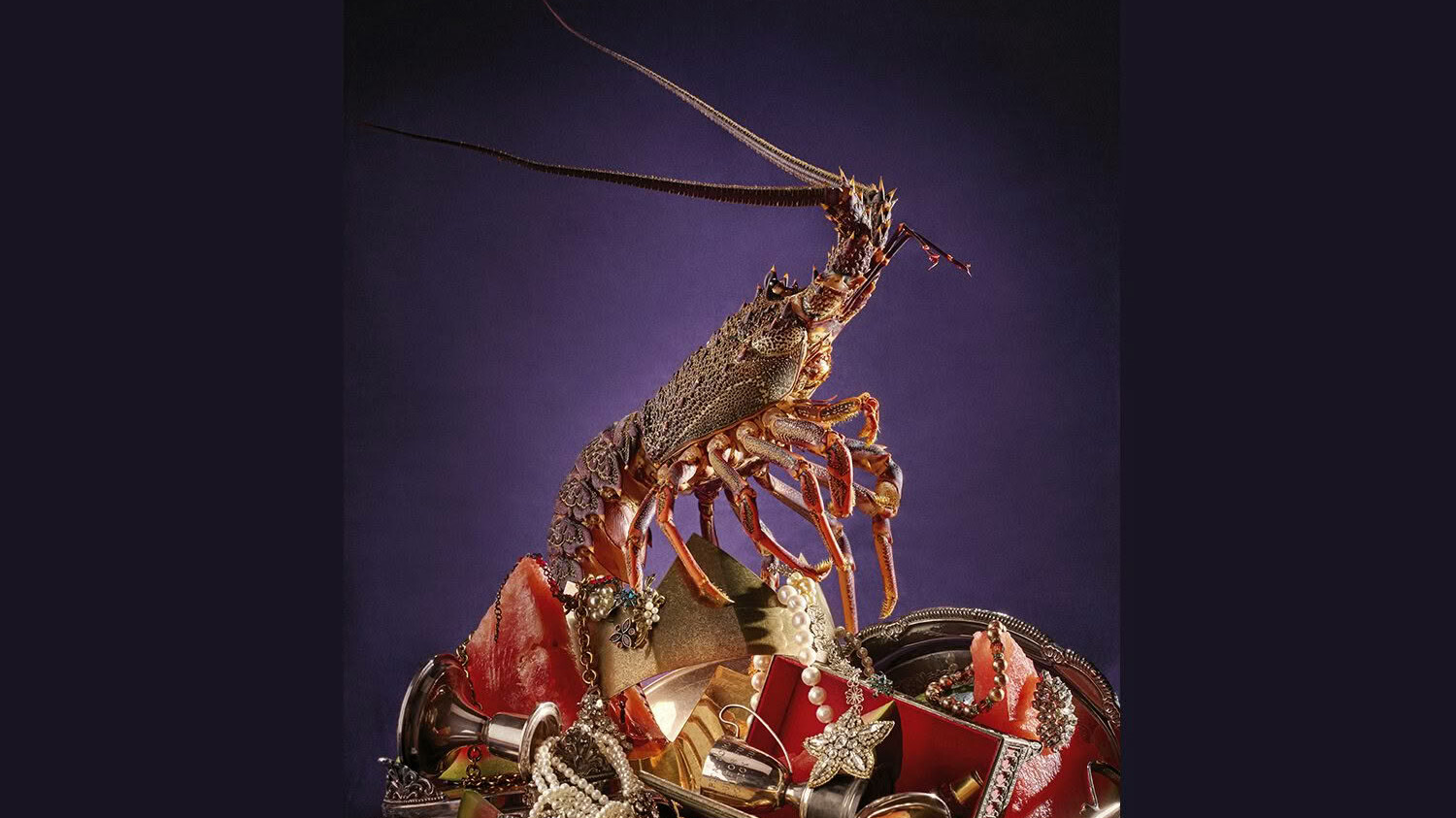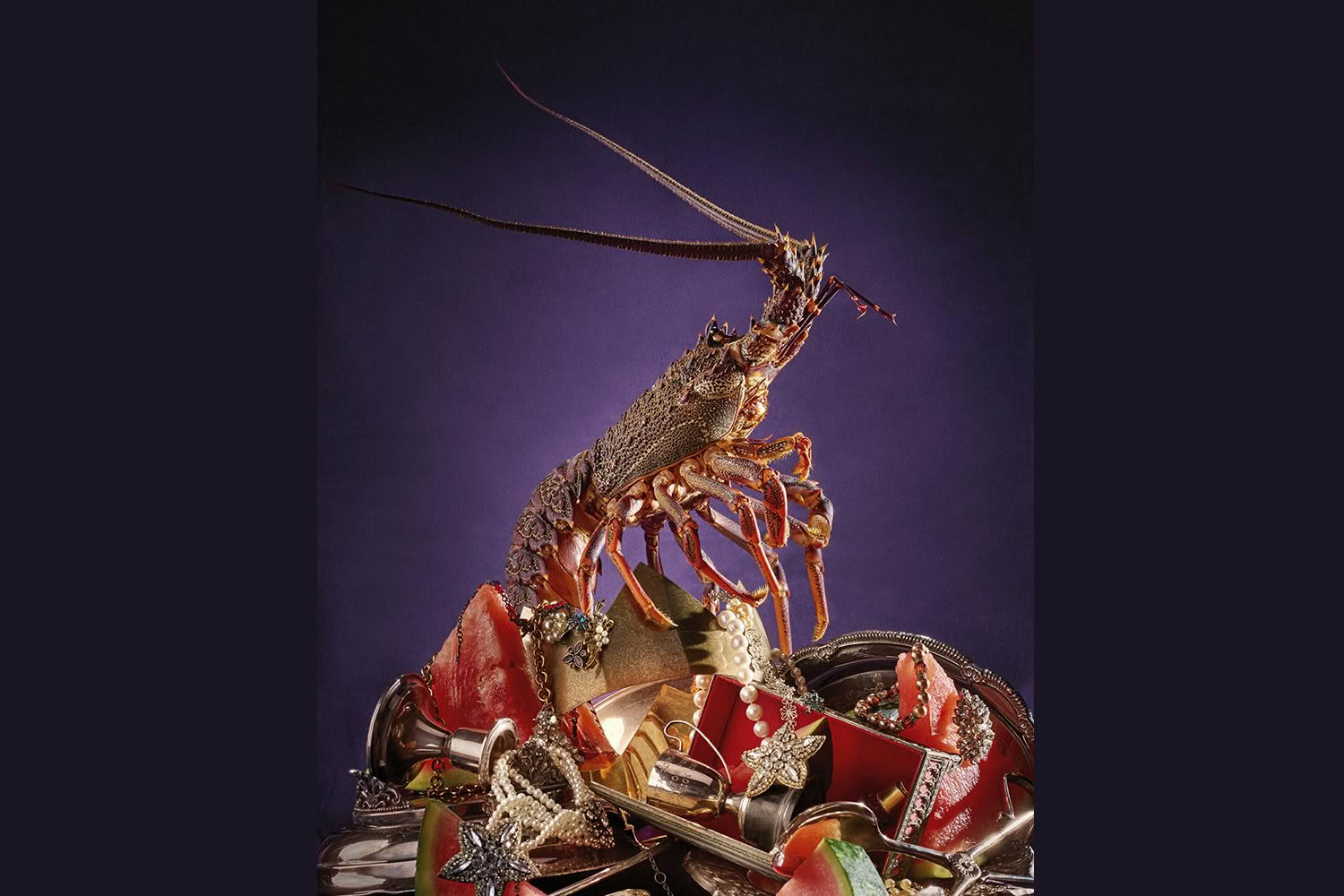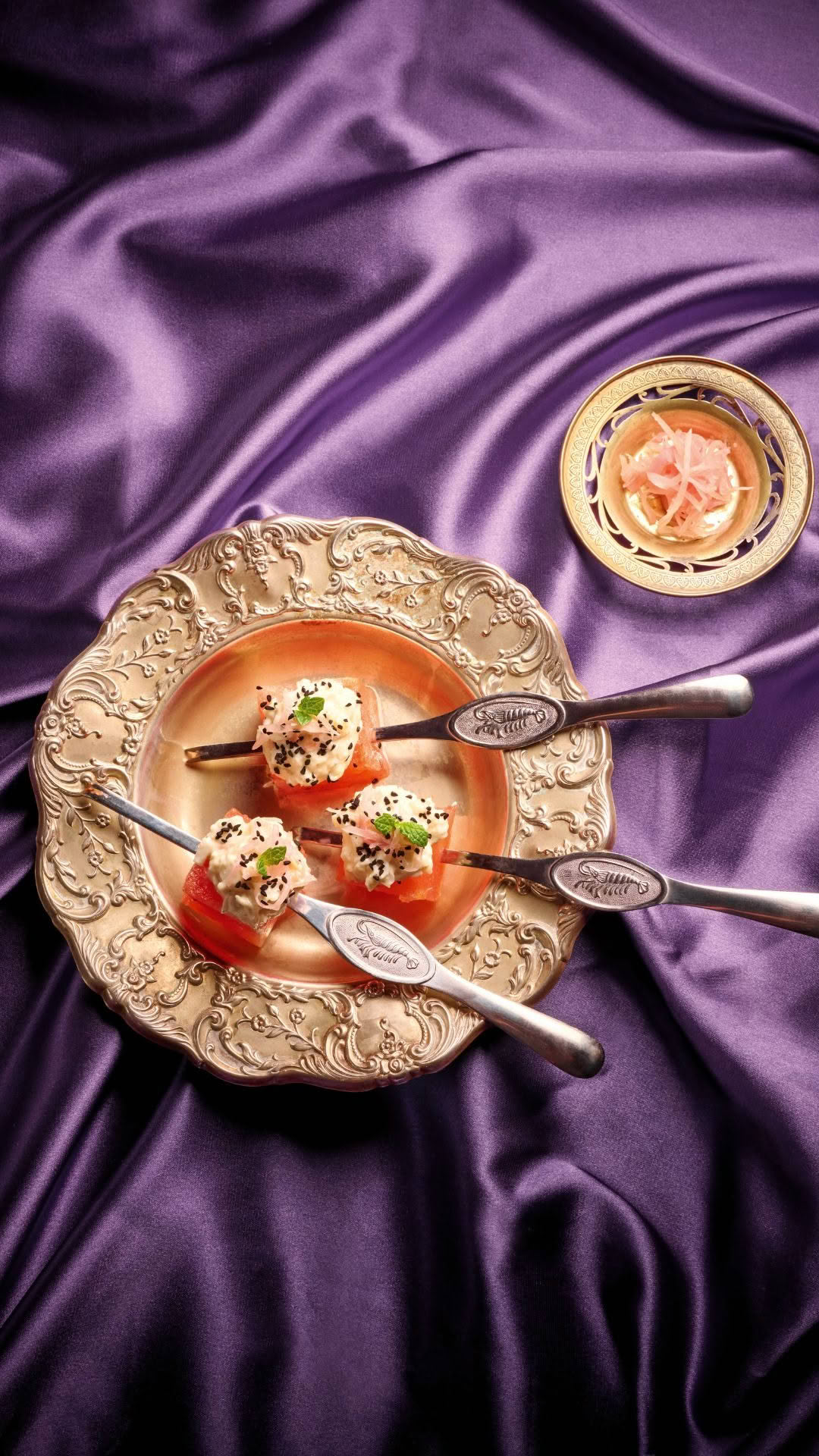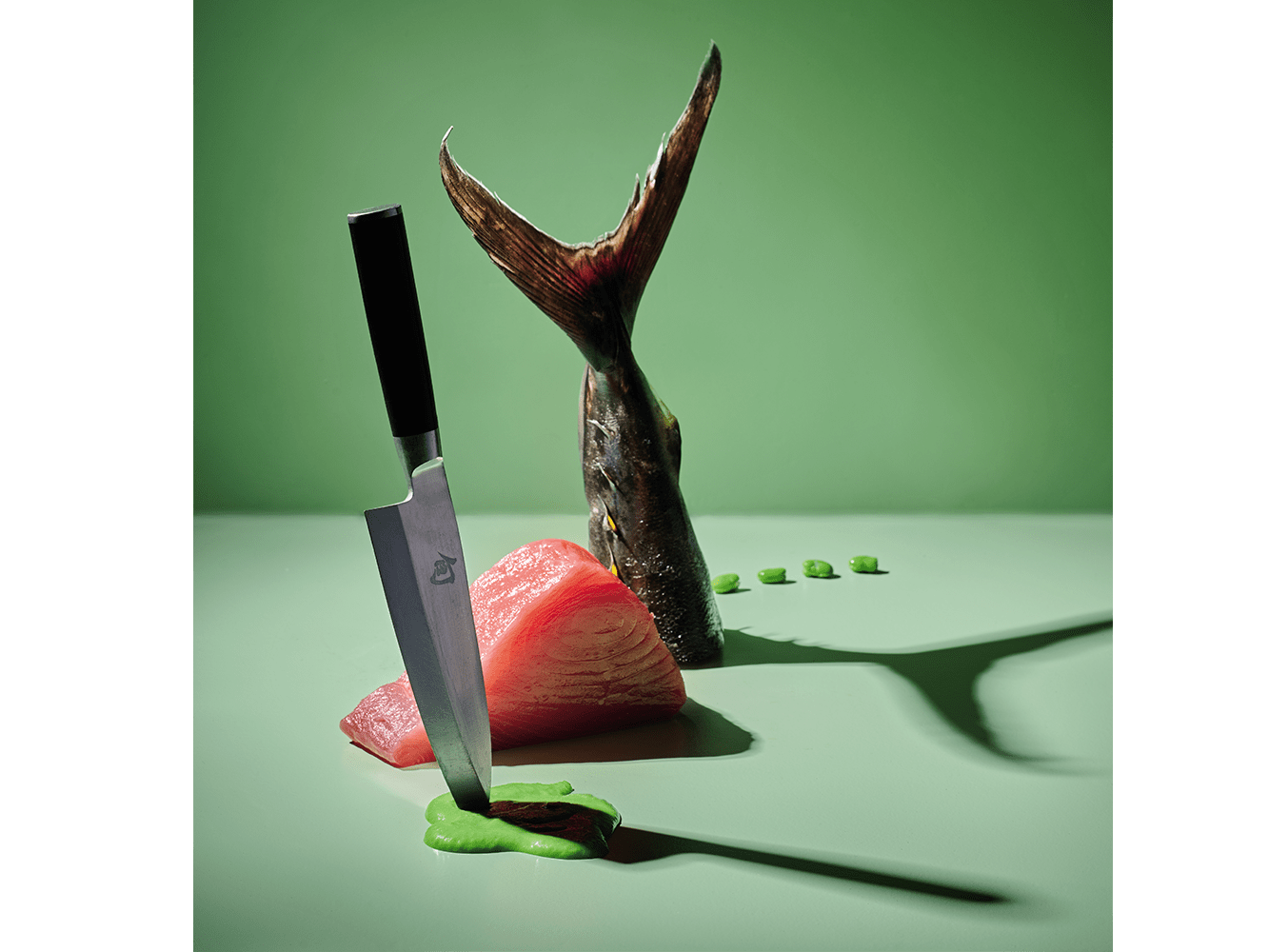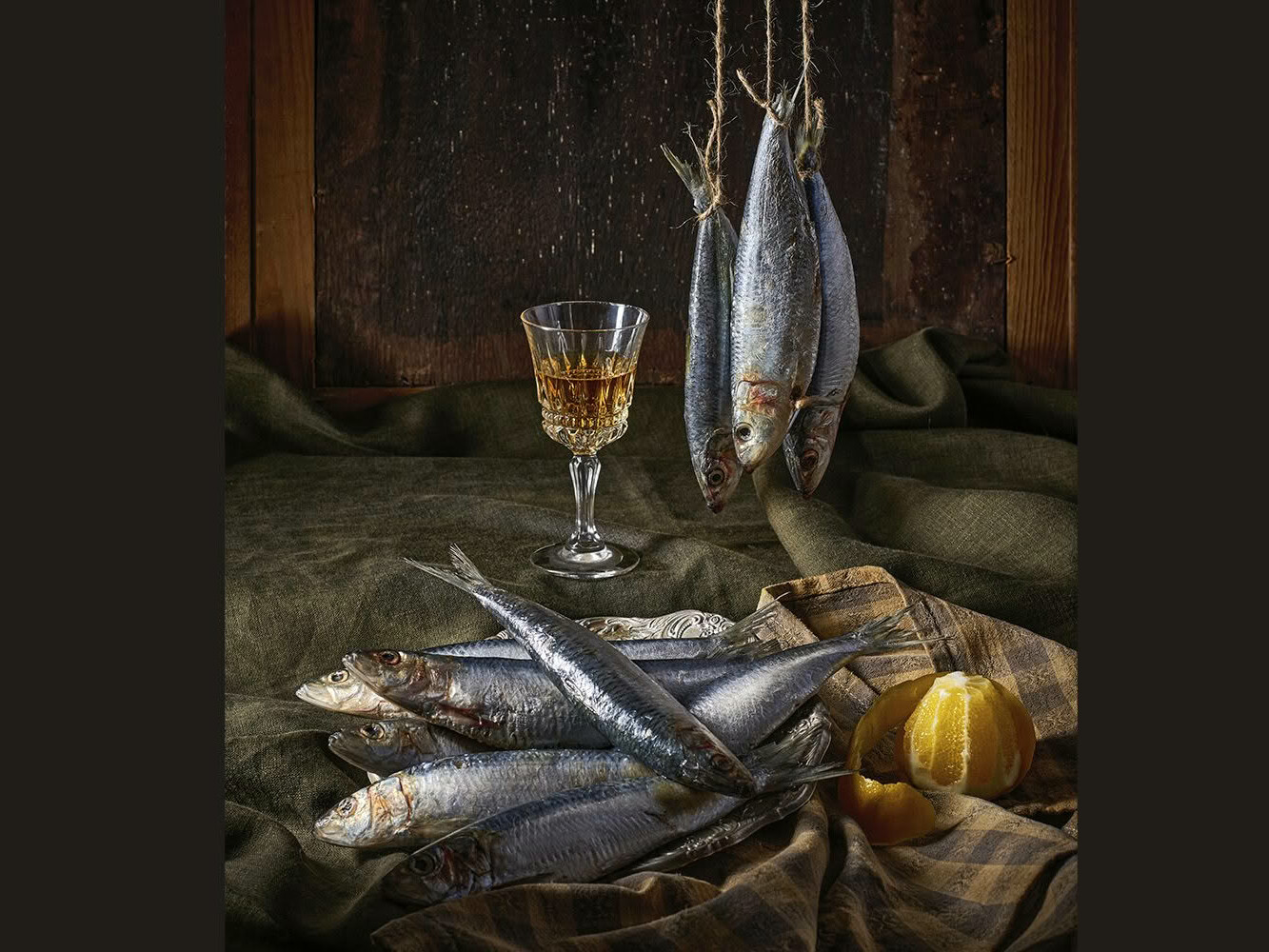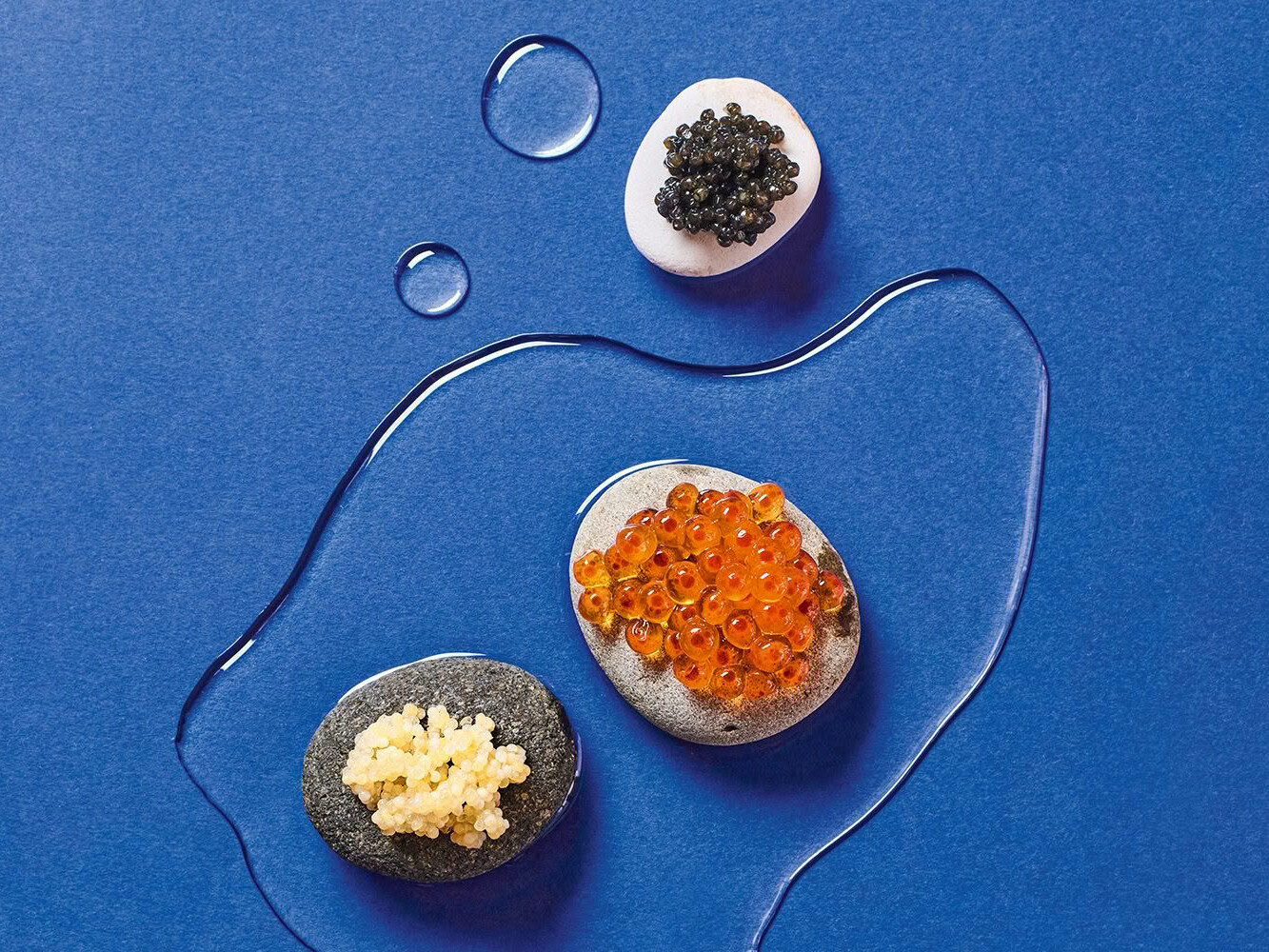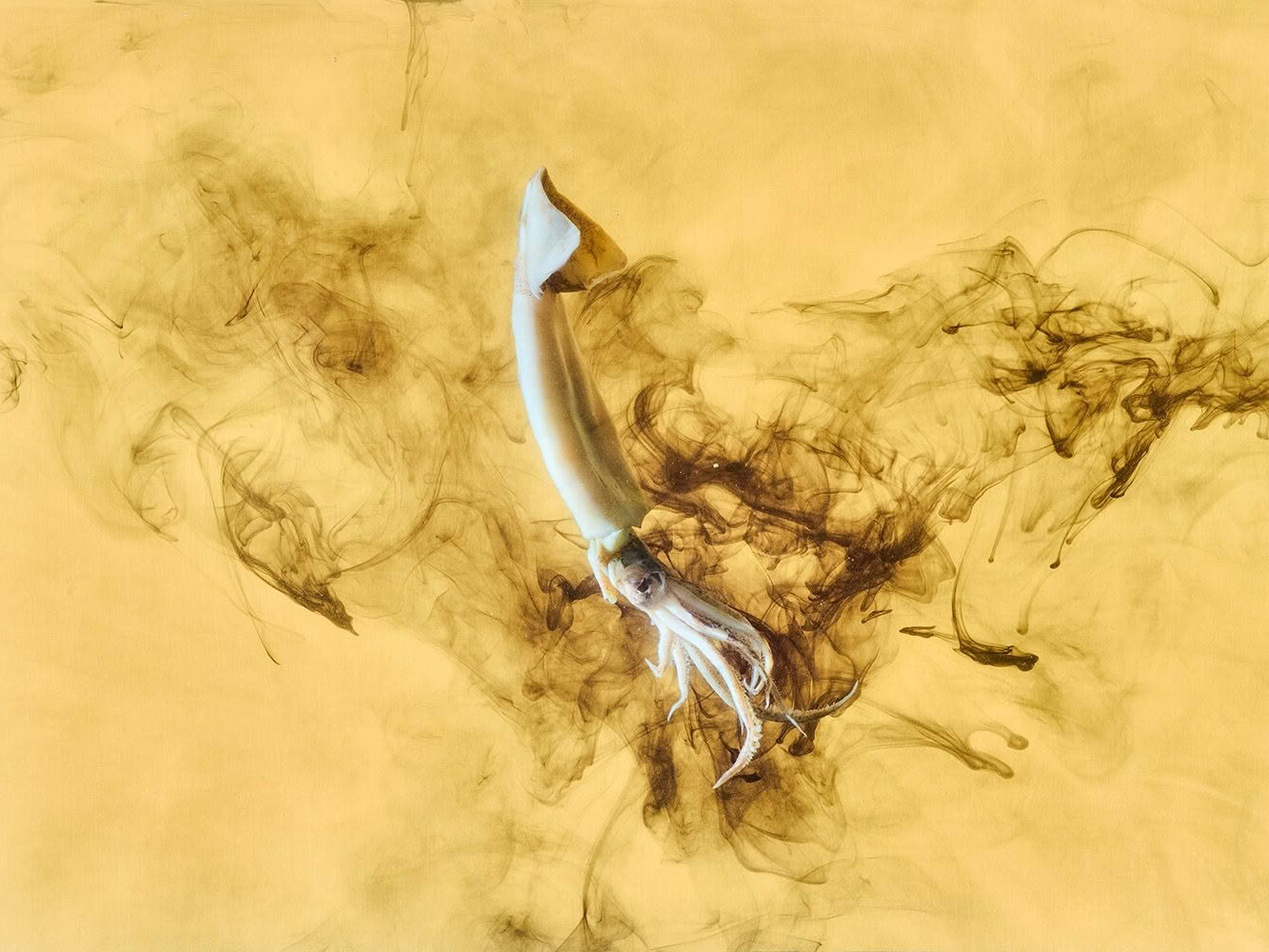Summer in New Zealand isn’t a calendar date; it’s a taste.
Tomatoes warm from the sun, peas straight from the pod, strawberries eaten before they hit the bowl, and the salty sweetness of crayfish flesh pulled from its shell. Crayfish – rock lobster if you must, Jasus edwardsii if you want to be pedantic, kōura if you want to be right – makes everyone at a table sit up straighter, a collective nod to something rare and regal arriving.
Christmas is when crayfish takes centre stage. Northern hemisphere countries fuss with roast turkeys, bread sauce and puddings while the mercury drops towards freezing. Here, we light the barbecue, toss together a salad of cucumbers and torn mint, and hope someone has had the foresight and economic means to secure a cray. It has never been cheap. It should never be cheap. The price is part of the message: this isn’t Tuesday night dinner – this is a celebration.
My favourite cray memory isn’t of one served under a silver cloche in a temple to gastronomy. It was eaten at a roadside caravan along the Kaikōura coast, using my fingers to dip it in mayo, sitting on a rock with the Pacific crashing in behind me. The taste was sweet, saline, almost indecently rich.
Crayfish needs little adornment. Split, grilled, a lick of butter, a squeeze of lemon, a sprinkle of sea salt. Cold, with a sharp mayonnaise or nudged into a bisque made from its shells. Anything more is simply gilding the lily.
As I have mentioned in this column before, luxury carries responsibilities. So, we need to talk about how we kill crayfish. They are not carrots; they are living, sentient creatures, dragged from their rocky homes, lured into crayfish pots from which there is little chance of escape. Drop one live into boiling water and you’ll hear a sound some call steam escaping, others call it a scream. Either way, it’s unsettling.
Humane despatch matters. Freezing them into unconsciousness before cooking, or a quick spike between the eyes, while seeming brutal, is decisive and respectful. If we are going to feast, let’s do it honestly, with reverence.
Then there’s the cooking itself. Overcook a cray and you ruin it, turning it into a rubbery, joyless waste. The best method I know is to place the crays into a deep roasting dish, pour boiling, salted water over them, and leave them to cool in the same water. That’s it. The meat sets gently, keeping its sweetness, tenderness and delicacy intact. It is, in a way, the simplest and most respectful approach – let hot water kiss the flesh, then leave it be.
Crayfish are a taonga, treasured for their flavour and for their place in our story. Most of the crayfish we eat in New Zealand come from tightly managed quota areas around the coast. CRA2 covers the Bay of Plenty and East Cape, CRA3 Hawke’s Bay and Gisborne, CRA4 the lower North Island, right down to CRA7 and 8 in Fiordland and Southland. And then there are the Chathams, where some of the finest, sweetest crays are pulled from icy waters and shipped across the world.
The system is complicated, but it works: set quotas, strict monitoring and rāhui when stocks are under pressure. It’s one of the best-managed wild fisheries we have and it is carefully guarded for future generations to enjoy, which is why we can still find crayfish at all, clinging to reefs, waiting for a plucky diver to bravely reach under a ledge.
The thing about crayfish is how they gather people; around a Christmas table, a barbecue in a friend’s backyard, a bach with newspaper spread wide. There’s theatre in the cracking, the prising, the dipping. You don’t eat crayfish alone; you share it. It’s tactile, messy and communal. A bottle of something chilled nearby, children squabbling over claws, someone half-watching the cricket. It’s New Zealand as we like to see ourselves – generous, casual, sun-dappled, a little chaotic.
And then, the shells. Don’t discard them. Roast them, crush them, simmer them long and slow. The bisque they give up is Boxing Day gold, a quiet encore to the cray’s Christmas Day performance.
Yes, it’s expensive. That’s the point. Crayfish at Christmas isn’t about feeding a crowd cheaply. It’s about stopping time for a moment, handing a chunky piece of tail to a favourite relative, or watching your children wrestle with the legs, and saying, ‘This is who we are, this is where we live’. It’s our coastline, our summer, our family, all on a plate.
Crayfish is memory, ritual, geography and culture simmered together. Summer and Christmas, distilled into one scarlet shell. Hard-won, salt sprayed, impossibly sweet.
SEE MORE FROM CUISINE
Give a man a fish… Sardines
Sardines: the little fish that could… Martin Bosley urges us to think…
Give a man a fish… Caviar
Caviar: pure luxury or controversial and ethically dubious? Martin…

